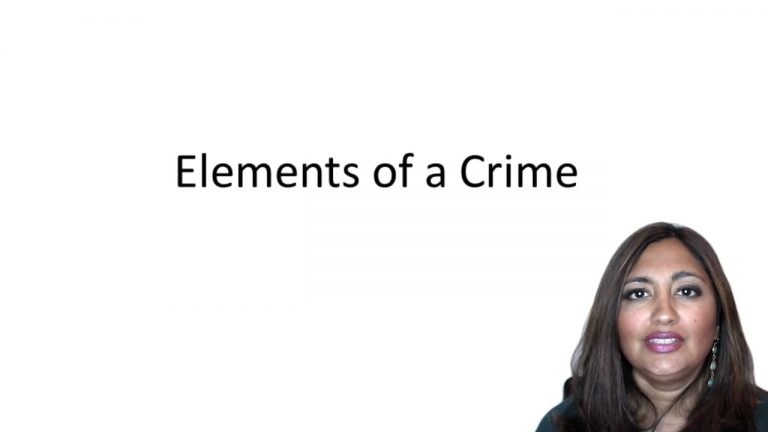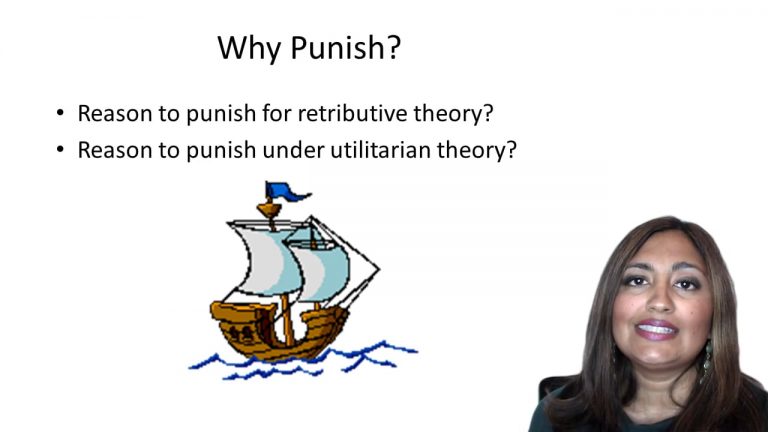Criminal Law Keyed to Weaver
Jones v. United States

ProfessorScott Caron
CaseCast™ – "What you need to know"
Facts
Jones (Defendant) was charged with attempted petit larceny after trying to steal a jacket from a department store in Washington, D.C. The maximum prison sentence for attempted petit larceny was one year. Before trial, the trial court ordered Defendant to undergo a competency determination, which concluded that Defendant was competent to stand trial but suffered from paranoid schizophrenia. The court also concluded that Defendant’s crime was a product of his mental illness. Defendant pleaded not guilty by reason of insanity. The trial court, under the preponderance-of-the-evidence standard, found Defendant not guilty by reason of insanity and committed Defendant to a hospital for the mentally ill. A release hearing was held in February 1977, by which time Defendant had been committed for more than a year—the maximum amount of time Defendant could have spent in prison if he had been convicted. Defendant demanded unconditional release or to be recommitted under the standards for civil commitment, which require proof of dangerousness by clear and convincing evidence.
Only StudyBuddy Pro offers the complete Case Brief Anatomy*
Access the most important case brief elements for optimal case understanding.
*Case Brief Anatomy includes: Brief Prologue, Complete Case Brief, Brief Epilogue
- The Brief Prologue provides necessary case brief introductory information and includes:
Topic:
Identifies the topic of law and where this case fits within your course outline.Parties:
Identifies the cast of characters involved in the case.Procedural Posture & History:
Shares the case history with how lower courts have ruled on the matter.Case Key Terms, Acts, Doctrines, etc.:
A case specific Legal Term Dictionary.Case Doctrines, Acts, Statutes, Amendments and Treatises:
Identifies and Defines Legal Authority used in this case.
- The Case Brief is the complete case summarized and authored in the traditional Law School I.R.A.C. format. The Pro case brief includes:
Brief Facts:
A Synopsis of the Facts of the case.Rule of Law:
Identifies the Legal Principle the Court used in deciding the case.Facts:
What are the factual circumstances that gave rise to the civil or criminal case? What is the relationship of the Parties that are involved in the case.Issue(s):
Lists the Questions of Law that are raised by the Facts of the case.Holding:
Shares the Court's answer to the legal questions raised in the issue.Concurring / Dissenting Opinions:
Includes valuable concurring or dissenting opinions and their key points.Reasoning and Analysis:
Identifies the chain of argument(s) which led the judges to rule as they did.
- The Brief Prologue closes the case brief with important forward-looking discussion and includes:
Policy:
Identifies the Policy if any that has been established by the case.Court Direction:
Shares where the Court went from here for this case.
Topic Resources
Topic Videos
 10m 5s
10m 5s 9m 29s
9m 29s